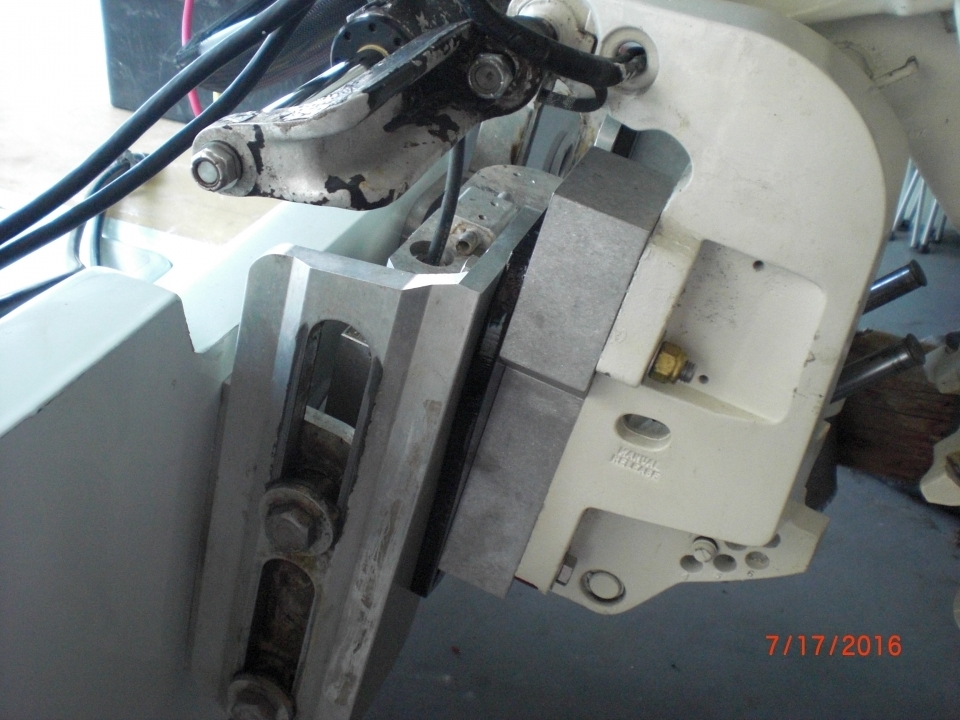You might luck out but I think you're going to have to figure this out yourself.
Here's how I think I would tackle it - I would get the vertical measurement of the jackplate, as you would mount it - you have a fixed portion and a moving portion, measure the fixed portion. Then where is the moveable plate when in the lowered position and then at the top when raised.
Once you have those measurements you can move the jackplate visually up and down the transom to find the position so the cav plate is at the bottom of the hull. Then figure out where the top of the engine clamp will be when the JP is raised.
The key is getting the cowling bottom (the tilt tube) above the top of the transom when the JP is up. I would bet a 10" setback with 7" of travel, moved up the transom so the cav plate is at the hull bottom while mounted to the lowered JP, will get you your solution. The key is that you have 5 extra inches that you can move the JP fixed plate up with a 25" engine. You wouldn't be able to do this, IMO, with a 20".
Take the plunge.
Here is a pic of mine - I needed 8" of set back and enough lift to get the hydraulic steering over the transom. The 8" was so I didn't snap off the hydraulic hose connections (a member warned me about this). I bought a used 6" electric JP, bought a power pole 1/2" mounting plate (the black spacer) and then bought a set of 2" aluminum spacers. Also notice that the engine is mounted up on the JP to gain height (bottom hole on engine). I needed a jackplate because I didn't quite plan out where the holes in the transom for the engine would be and it ended up that the lower bolts landed right where the floor was


